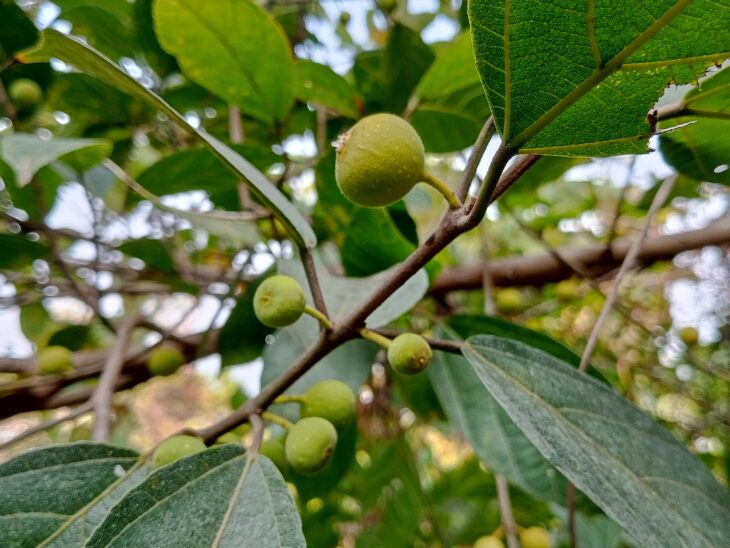One way nature creates a diverse array of flora and fauna is through a breeding process called hybridization. Hybridization occurs when 2 similar species interbreed and produce an offspring that inherits characteristics from both species. The offspring are called hybrids, like the mule is a hybrid of a donkey and a horse.
Hybrids carry a mix of inherited traits from both parent species, creating biological diversity. Sometimes hybridization can even cause new species to emerge, in an event scientists call hybrid speciation.
Scientists currently don’t know what environmental conditions favor hybrid speciation or how they influence a species’ ability to interbreed. Researchers want to understand why species hybridize to better predict how they will respond to changing environments. For example, they want to predict how species will react to rapid habitat changes caused by global warming.
Scientists in the past have shown that hybridization depends on how a species reproduces and its reliance on other species, like bees that pollinate flowering plants. However, they don’t fully understand how other factors influence this process, like how dense a population is, how it responds to seasons, or what altitude it lives at.
Researchers at Xishuangbanna Tropical Botanical Garden in China recently surveyed fig trees in Thailand and China to observe where they were hybridizing. They wanted to determine what environmental conditions favored hybridization in fig trees by comparing their hybridization patterns with changes in their environment.
They focused on 2 different fig tree habitats, including 1 where the fig trees’ habitats overlapped, called a contact zone, and 1 at the edge of their habitats where it’s harder to survive, called a climatic margin. They hypothesized climatic margins could be hotspots of hybridization since these regions are less well suited for survival of the parent species, meaning the hybrids could have a better chance of outperforming their parents.
To test their prediction, the researchers tracked hybridization between 2 species of fig trees that are closely related. They explained these fig tree species share a large contact zone and a clear climatic margin since they grow better closer to the equator.
To track hybrids, the researchers used short segments of DNA known to occur at specific locations in a species’ genes, called microsatellites, as “fingerprints” of each parent species. They used these fingerprints to determine how different the hybrids were from their parents and how they swapped genes. They compared the microsatellites from the fig trees’ DNA with their altitude and distance from the equator to see how the fig trees’ environment influenced their hybridization.
The researchers found the fig trees only hybridized with each other at climatic margins despite sharing a large contact zone. They also found the fig trees hybridized more as they moved farther from the equator. They also determined factors like population density, whether the species are annual or perennial, and the physical traits of the plant, like its height, influenced which genes they swapped.
The researchers concluded fig trees are more successful at hybridizing in habitats where the parent species are less likely to survive, like climatic margins. They acknowledged that although this is the first large-scale, detailed test of the climatic margin as a hybridization hotspot, they don’t know how applicable it is to other organisms. They suggested further researchers examine hybridization patterns in different types of plants and animals as the next step in testing whether climatic margins are universal hotspots of hybridization.


